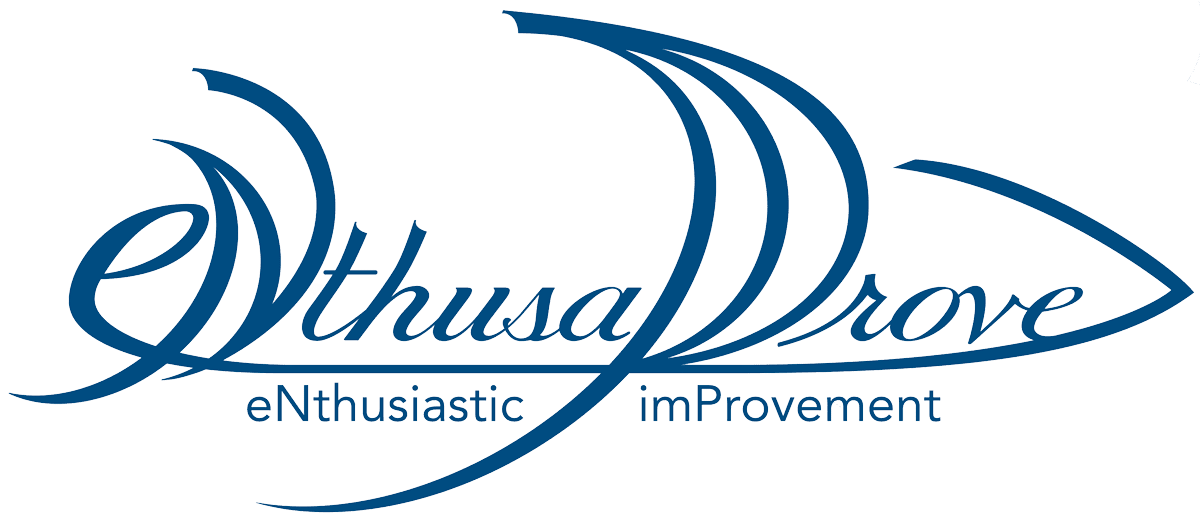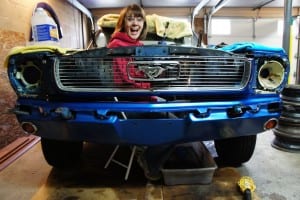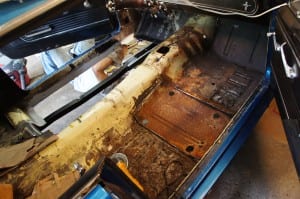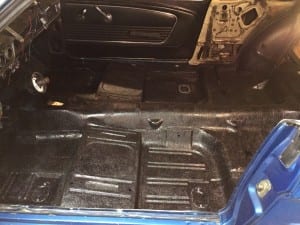Risk. We dread it and we love it. Or is it, we dread it OR we love it? Understanding this about ourselves and those we work with can make a project a lot more enjoyable.
Risk is everywhere. Our financial advisors reiterate at every turn “current success does not indicate future gains.” Moms excel at dreading about risk with the worry lines to prove it.
Yet, we also love risk. We watch football players risk injury every game to play a game they love. We play games “of chance”, putting our money or our bragging rights out there at risk of loss. Nearly every new endeavor has an element of risk, or, to put it in the nerdy way, has a probability of some sort of severe consequence.
When we work on a project together as a team, how do we deal with risk? We bring our different perceptions of risk together to make decisions to manage the project. Team decision-making has become more common as hierarchical models give way to more collaborative styles. That requires us to understand each other very well to be a cohesive team. And these risk conversations can be really sticky. Is there a way to understand your teammates preferences at the start of a project to make you more aligned throughout?
If you and I were working on a project, we would, over time, learn each other’s preferences for dreading or loving risk, usually referred to as risk seeking or risk avoiding. We learn this through experience working with each other, sizing up risks that we experience and making decisions about actions together.
As an example, last year my husband and I restored the front end of our 1966 Mustang. I’m talking bodywork and engine. The engine had been leaking oil and losing power; it was a greasy grimy mess. We set a budget, but most importantly, we developed a vision for the project to help us stay focused. This became our risk management cornerstone.
The risks for this project were the unknowns. The moment you start tearing apart an old car you ALWAYS find more work to do, mostly due to rust. The project had the possibility to infinitely grow, draining our savings causing the car to never see the highway again. That was a scary part of taking on this project, but we were ready to be risk seeking, not avoiding.
As the project went along there were significant additions of work (new floor pans, radiator support, and adding frame rail connectors) and a new timeline pressure (a baby was coming!). Each time we came to a roadblock we paused work to weigh the cost, quality (reliability), and schedule challenges, and what skill we had to learn to fix it. (Engineering school does not make you master mechanics…but videos on YouTube made it possible).
One of those trade-off analyses was when we realized we had to replace the floor pans. A previous owner had patched them and the rust was eating through the patchwork. We knew they weren’t in good shape, but one day we had to pull up the carpet to work on the firewall, and now they were unavoidable. They were rusting from the inside out as water leaked into the cab. There were portions you could bend with your hand, yikes! Since these pieces of metal keep everyone in the car, secures the seat belts, and is a major structural support, we both knew they were getting replaced. This risk had just been realized.
The debate was how would we do it (our risk response), which brought out our differing preferences for risk. These are the moments where things get tense. I voiced my concerns that it was already summer and we knew we wanted to get the car out on the road before winter brought salt to the roads and a baby to our life. By having the car towed to a shop and professionals install the floor pans would take about a week. My husband’s concern was that it would cost too much to have someone else install them and he wanted to take on the challenge. We didn’t know how long it would take to do it ourselves, because we had to learn many new skills. The debate continued for a week.
We decided to replace them ourselves, because the cost concerns were greater than the schedule and the insatiable desire to use the new welder. The floor pans took about 2 months of evenings and weekends. We strengthened the frame with frame rail connectors that run underneath the floor pans, reducing the load on the floor pans themselves. Then we coated the inside with truck bed liner to waterproof it. The risk of becoming Fred Flintstone on the open road is no more!
My husband and I learned a lot about risk tolerances through this project. I was risk averse when it came to ensuring reliability and safety of the car, where my husband was willing to take on risk if it meant saving money or increased performance. He was definitely risk averse when it came to dealing with rust where I was willing to take a chance.
Project teams learn a lot about each other by working together. It is the perfect team building petri dish. At the end of a project we know how to communicate with each other and we’ve made some friends along the way. If the team stays together for another project, they will better manage risk as a team on the second time round.
Is there a way to understand risk preferences of your teammates at the start of a project? My favorite method is by playing games together. Games bring out the risk preferences in all of us. What games, or other methods, have been effective for you to help a team communicate effectively together, especially when it comes to risk? Please share in the comments!








